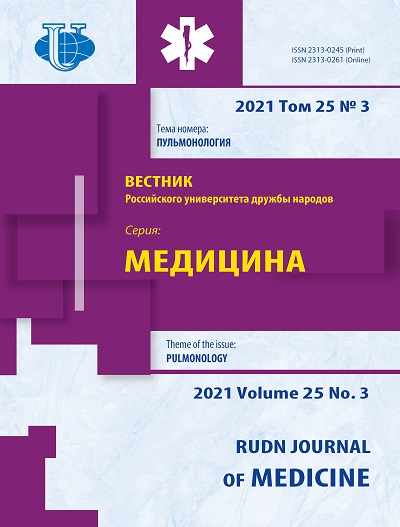Abstract
Relevance . Noncommunicable diseases are a serious public health problem due to their high incidence and mortality rate. Globally, noncommunicable diseases cause 41 million deaths every year, accounting for 71% of the total number of deaths. Cardiovascular diseases, accounting for 44% of all noncommunicable diseases, are the leading causes of death. Early identification of the main risk factors for cardiovascular diseases and treatment of associated diseases are a prerequisite for maintaining the health of the population. Objective: To identify the main risk factors for cardiovascular disease in patients living in rural areas of the mountainous region and attending the Mabayi District Hospital in Burundi. Patients and Methods . An open-label retrospective study conducted at the Mabayi District Hospital in Burundi from January 2014 to December 2017. The study included patients whose medical examination revealed at least one risk factor for cardiovascular diseases. The study was approved by the ethics committee of the Kamenge University Hospital and the Faculty of Medicine of the University of Burundi. Data analysis was carried out using Microsoft Word 2007 and Epi-Info TM 7.2.1.0 software. Results and Discussion . Among the 20 297 examined patients, the average age was 50 ± 16.7 years, the extreme values were 14 and 101 years. Male patients accounted for 51.1%. 903 patients (4.5%) had at least one risk factor. The main risk factors were high blood pressure (52.6%), diabetes (42.0%) and alcohol abuse (27.4%). Conclusion . Residents of rural areas of the mountainous region of Burundi have a high frequency of risk factors for cardiovascular diseases, which must be taken into account when organizing medical and preventive measures to prevent cardiovascular diseases.














